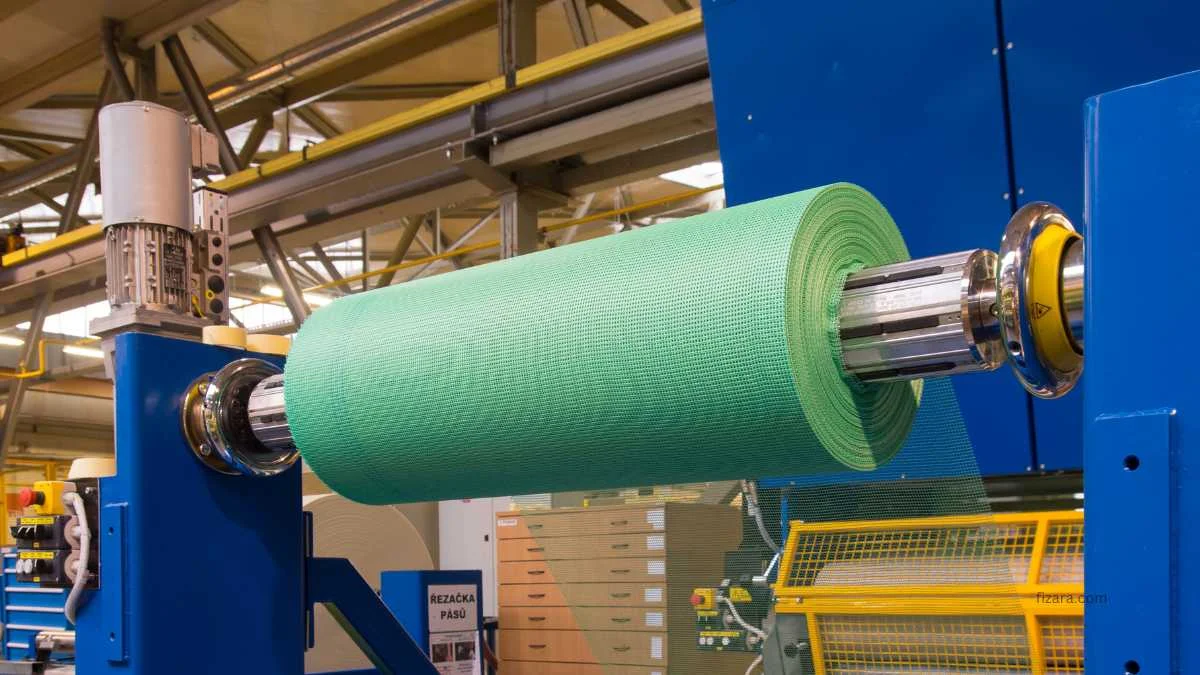High-performance fibers play a pivotal role in driving innovation within the textile industry. These fibers, characterized by exceptional strength, durability, and versatility, enable the creation of fabrics that surpass traditional materials in terms of performance and functionality. High-performance fibers are revolutionizing various sectors, from aerospace to sports equipment, by offering lightweight yet robust solutions. Their superior properties allow for the development of textiles that can withstand extreme conditions, such as high temperatures, abrasion, and impact. Moreover, their flexibility in design and manufacturing processes opens doors to novel applications, including protective clothing, medical textiles, and bright fabrics embedded with sensors. As technology advances, the integration of high-performance fibers continues to push the boundaries of textile innovation, driving toward a future where textiles serve aesthetic and comfort purposes and fulfill critical functions in diverse industries.
The Shift Toward High-Performance Textiles
In an era where lifestyle and technology are evolving rapidly, consumer expectations of textile products have dramatically shifted. No longer are aesthetics the sole consideration; functionality and overall performance have become vital. This demand has been met by introducing innovative high-performance fibers that boast superior qualities over traditional materials. Among those leading the charge are fabric wholesalers, whose diverse fabrics cater to a new generation of fashion and functionality seekers.
Incorporating these specialized materials has revolutionized the industry, allowing for the design of garments that can withstand strenuous conditions while retaining their form and appeal. The result has been a significant value addition to consumer products, empowering brands to fulfill and exceed customer expectations for garments that align with their dynamic lifestyles.
Unveiling the Qualities of Advanced Fibers
Today’s advanced fibers are setting a new benchmark in the textile industry. They are crafted to offer manifold benefits, including augmented stretchability, moisture management, and unmatched durability. Such advancements in textile science have led to developments like spandex fibers, which consistently retain their shape despite repeated stretching. Then there are innovative aramids renowned for their heat-resistant properties, making them ideal for protective workwear.
By harnessing the potential of modern polymer science, manufacturers can now create fabrics that not only fulfill the increasing expectations for comfort and durability but also open up new avenues for designers to explore. These versatile materials serve as the building blocks for next-generation textiles that aim to redefine the boundaries of fashion and functionality.
Sustainable Practices in Fiber Production
Sustainability has emerged as a guiding principle in the production of high-performance fibers. Eco-conscious consumers drive a paradigm shift, demanding transparent, sustainable practices from farm to wardrobe. This has ushered in an era of innovation in sustainable fiber production – from utilizing organic raw materials and natural dyes to water-saving techniques and energy-efficient manufacturing processes.
Sophisticated recycling systems are being deployed to convert post-consumer waste into new fibers, reducing the environmental burden of raw material extraction. These efforts resonate with the global call to preserve our ecosystem while providing consumers with durable, fashion-forward textiles that are developed responsibly.
The Versatility of Performance Fibers in Various Industries
High-performance fibers have transcended the boundaries of the textile industry, finding their way into many applications. In healthcare, they offer antimicrobial properties essential for hospital linens. The automotive industry counts on their durability for resilient vehicle interiors—the field of sports equipment relies on its lightweight strength for better-performing gear.
Each sector presents unique challenges that these adeptly meet. As needs evolve, so does the ingenuity underpinning the development of these fibers, ensuring that they offer ideal solutions for the ever-increasing demands of various industries.
The Science Behind Fiber Durability and Comfort
Rigid scientific research and innovation are at the core of high-tech fabrics’ performance. Groundbreaking work in nanotechnology and polymer science has facilitated the synthesis of fibers that demonstrate a balance of tensile strength and suppleness, leading to comfortable, long-lasting textiles.
Developers and researchers are continually breaking new ground to understand the fundamental properties of polymers and how they interact under stress, in various climates, and over time. The resultant resilient, high-performance fibers thus come equipped with properties like elasticity and sturdiness, enabling clothing and other textile products to withstand the pressures of use while also embracing the body in comfort.
Athletic Apparel: A Case Study in Performance Fabric Demand
The athletic apparel industry is a prime example of the high demand for performance fabrics. Here, performance is not just a buzzword but a crucial functional requirement. These specialized fabrics need to support extreme physical exertion, while perspiration management remains a key attribute, allowing the wearer to remain cool and comfortable during workouts.
Fibers used in these types of apparel are developed with specific features such as compression, which can improve blood circulation and muscle recovery, and UV protection for outdoor activities. Such targeted functionality pushes the boundaries of fabric innovation and implements science and customer feedback into the threads of athletic wear.
Consumer Insights: What Do Buyers Look for in High-Tech Textiles?
Consumers today are more well-informed and discerning regarding their textile purchases. They seek longevity products, representing economic value and a sustainable choice. Comfort remains paramount as textiles become an intimate part of daily life, necessitating breathability, flexibility, and softness. Moreover, ecological impact and ethical production practices have become significant considerations in consumer decisions.
In answer, brands are responding with increased transparency, investing in research and development to refine the performance of their high-tech textiles. This effort meets consumer needs and builds trust and reassurance in the brand, fostering a connection beyond the purchase.
The Future of Textile Innovation: Predictions and Trends
Looking ahead, the textile industry shows no signs of slowing down in its pursuit of innovation. The fusion of textiles with technology, such as wearables with integrated sensors, epitomizes the industry’s direction. The expectation is also for a rise in sustainable and biodegradable fibers, flagging the industry’s commitment to environmental stewardship.
Textile companies prioritizing innovation while upholding the value of consumer and planetary health are poised to become frontrunners. They will likely herald a new age of textile innovation that addresses the new era’s demands with ingenuity and integrity.









